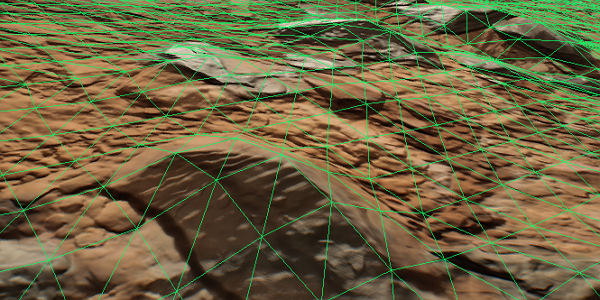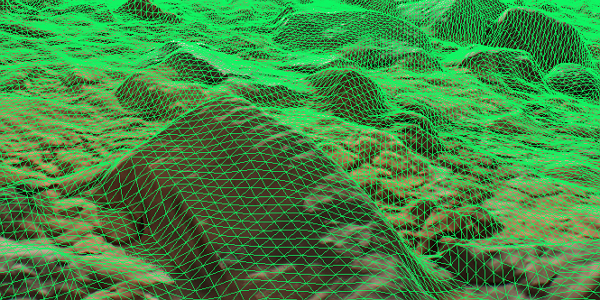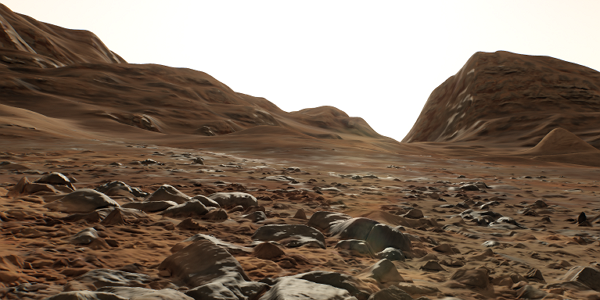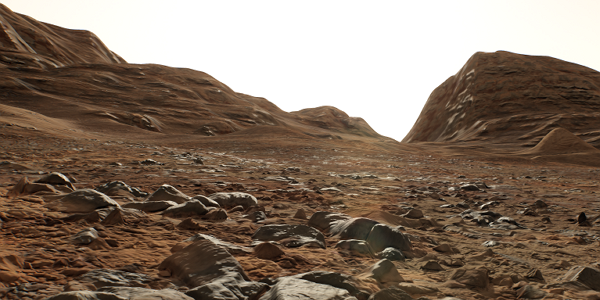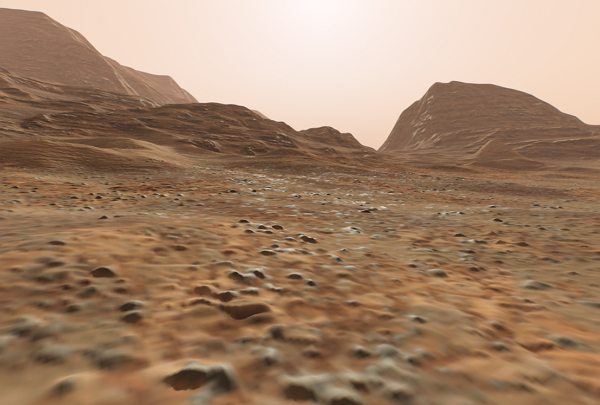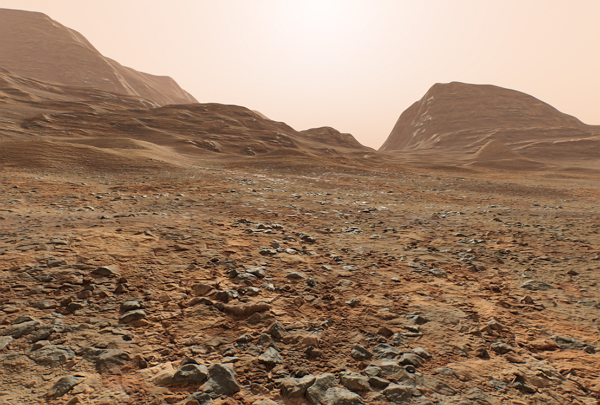Landscape
The section contains settings that control rendering of Landscape Terrain.

Landscape Terrain rendering settings
All the settings are also available via Console.
Geometry#
| Holes | Toggles rendering of decal-based terrain holes on and off. |
|---|---|
| Geometry Progression | Progression of the Landscape Terrain geometry tessellation in the [0,50] range. |
| Geometry Fade Lods | Intensity of fading between levels of geometry tessellation in the [0,1] range. |
| Geometry Subpixel Reduction | Minimum ratio of a polygon size (in screen space) to the size of an area seen in the viewport in the [0,50] range. If the ratio calculated for the polygon is less than this value, such polygon will be removed. |
| Geometry Polygon Size | Size of Landscape Terrain polygons in the [0.0001,1000.0] range, in units. The value defines the maximum allowed density of Landscape Terrain geometry. |
| Visibility Distance | Visibility distance of the Landscape Terrain in units. |
Streaming#
Culling#
Cache#
Last update:
2020-04-10
Help improve this article
Was this article helpful?
(or select a word/phrase and press Ctrl+Enter)




